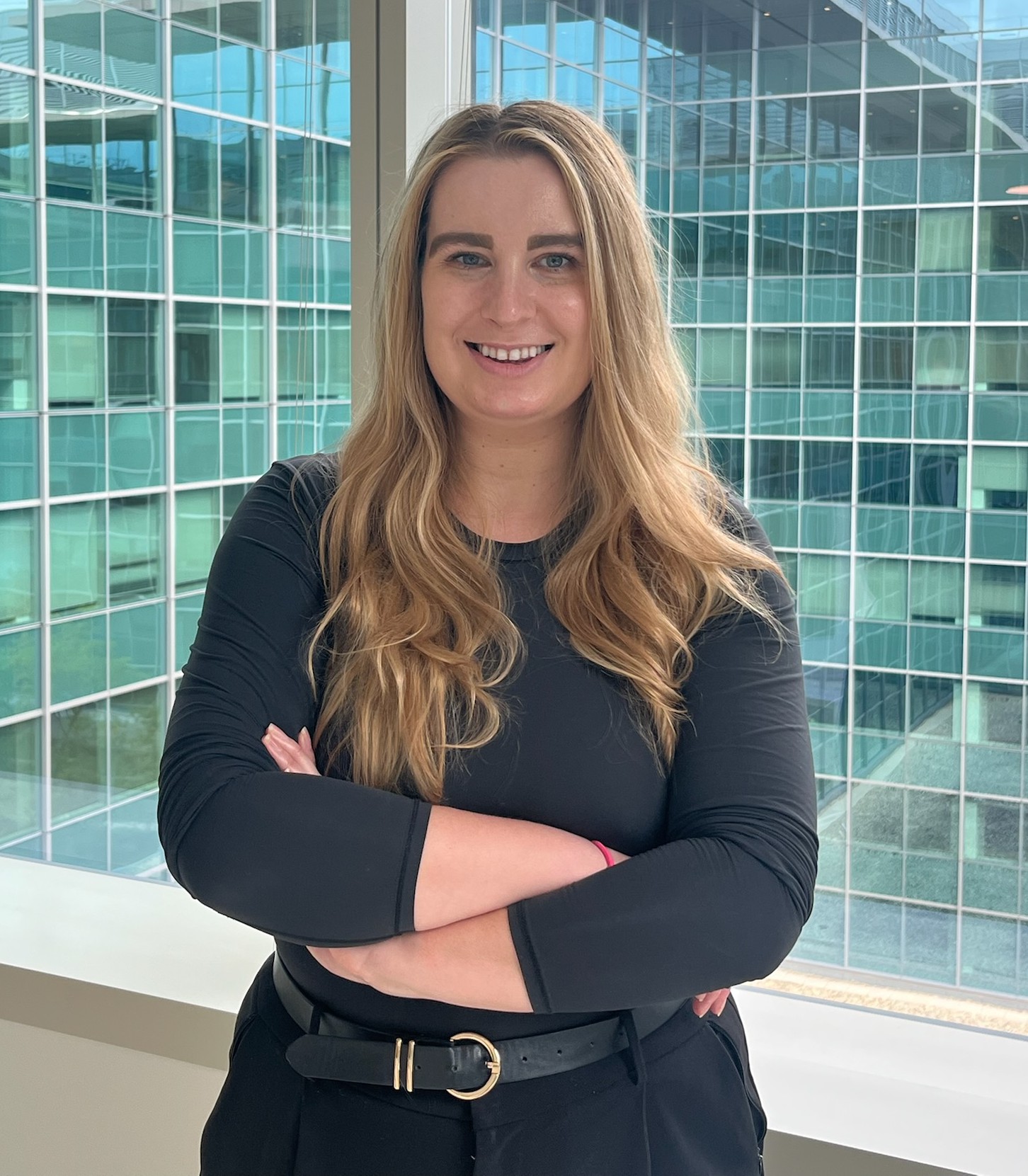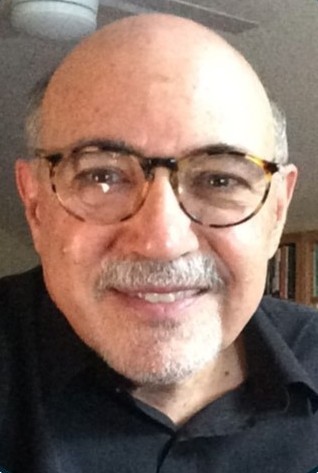Rachel Lehman, acting director of the Administration for Strategic Preparedness and Response (ASPR)’s Technical Resources Assistance Center and Information Exchange (TRACIE), celebrates 10 years of the Center’s existence and discusses how it provides states and territories with timely information and technical assistance; Peter Orton, director of media design at the Institute for Vaccine Safety at Johns Hopkins Bloomberg School of Public Health, explains...
Rachel Lehman, acting director of the Administration for Strategic Preparedness and Response (ASPR)’s Technical Resources Assistance Center and Information Exchange (TRACIE), celebrates 10 years of the Center’s existence and discusses how it provides states and territories with timely information and technical assistance; Peter Orton, director of media design at the Institute for Vaccine Safety at Johns Hopkins Bloomberg School of Public Health, explains the importance of storytelling in public health, and shares how an ASTHO blog on the subject can help guide understanding and practice; ASTHO is now accepting applications for a new Community of Practice focused on maternal health access; and subscribe to Public Health Review Morning Edition to make sure you never miss an important update.
HHS.gov: WELCOME TO ASPR TRACIE
ASTHO Blog: The Art (and Science) of Storytelling in Public Health
ASTHO Web Page: Bridging Barriers in Maternal Health Access Community of Practice
ASTHO Newscast: Subscribe to Public Health Review Morning Edition
JANSON SILVERS:
This is the award-winning Public Health Review Morning Edition for Wednesday, October 15, 2025. I'm Janson Silvers. Now, today's news from the Association of State and Territorial Health Officials.
RACHEL LEHMAN:
ASPR TRACIE, which stands for Technical Resources Assistance Center Information Exchange, is a national knowledge center and virtual force multiplier supporting a variety of stakeholders.
SILVERS:
Rachel Lehman is the acting director of ASPR TRACIE, which aims to provide relevant and timely information and technical assistance to a number of groups, including states and territories.
LEHMAN:
I think we are a really critical resource for them, because we are the only publicly available technical assistance center focused on public health and healthcare preparedness and ASPR TRACIE has developed many resources in anticipation of and response of various incidents that professionals from state and territorial agencies have used to advance their work.
SILVERS:
ASPR TRACIE is currently celebrating 10 years of existence and all the work that has been done in the last decade.
LEHMAN:
ASPR TRACIE has responded to over 13,000 technical assistance requests, and we've maintained a 99% customer satisfaction rating. We've welcomed over 2.6 million visitors to our website, and we have over 14,000 users in our information exchange.
SILVERS:
Lehman is also looking forward to the next 10 years.
LEHMAN:
ASPR TRACIE will continue to meet the evolving needs of public health and healthcare preparedness professionals. We will be utilizing our strong partner networks to keep an ear to the ground so that we can respond to emerging needs and develop timely and practical tools.
SILVERS:
Learn more about ASPR TRACIE by clicking the link in the show notes.
Storytelling in public health is more important than ever. Dr. Peter Orton is with the Johns Hopkins Bloomberg School of Public Health and says that while statistics and metrics are important, we also need to connect with our audience.
PETER ORTON:
What public health professionals also need to do is to create messaging that also touches people emotionally: the heart. And storytelling, recounting narratives about public health issues that affect real people, is arguably the most powerful way to do that.
SILVERS:
Orton recently came across an ASTHO blog written about storytelling by ASTHO's Taylor Francis, and says it has some tremendous information in it.
ORTON:
I think I'd say that most vital takeaway is supported by recent discovery from neuroscience that suggests why storytelling is such a powerful tool as neuroscience has been revealing many people make important decisions, not based on cognitive reasons, but based more from their emotions.
SILVERS:
Orton advocates that stories can affect real change.
ORTON:
A good story, well-told, may be the key element in a decision, whether- whether it's a personal decision, patient's decision, or even an organizational or policy decision. And what all that means is that incorporating purposeful stories in earnest is an essential part in a professional's health communication.
SILVERS:
You can read the ASTHO blog article that inspired Orton. It's available online now, and we have a link in the show notes.
ASTHO is now accepting applications for a new Community of Practice focused on maternal health access. ASTHO is looking for state health agency staff and levels of maternal care leaders to address challenges in maternal health. Read more about the opportunity and apply today when you click on the link in the show notes.
Finally, make sure you never miss an important ASTHO update by subscribing to this newscast wherever you find your podcasts: Apple, Spotify, and more. We're there every weekday morning at 5 a.m. with the news you need to know from health leaders across the country.
That'll do it for today. We're back tomorrow morning with more ASTHO news and information. I'm Janson Silvers. You're listening to the award-winning Public Health Review Morning Edition. Have a great day.






